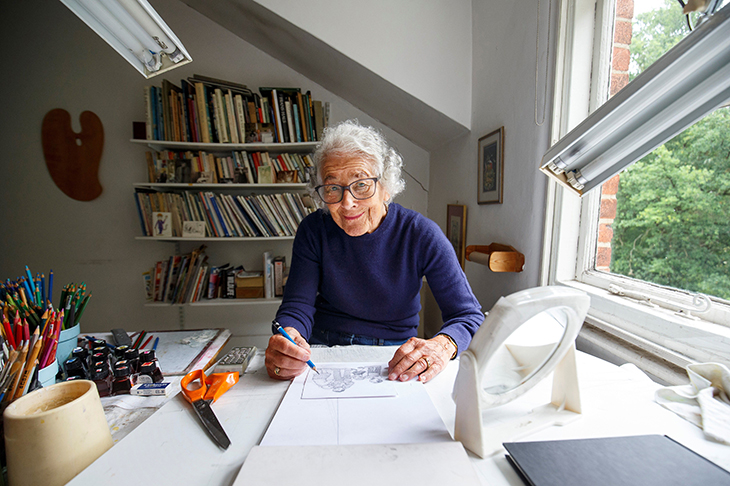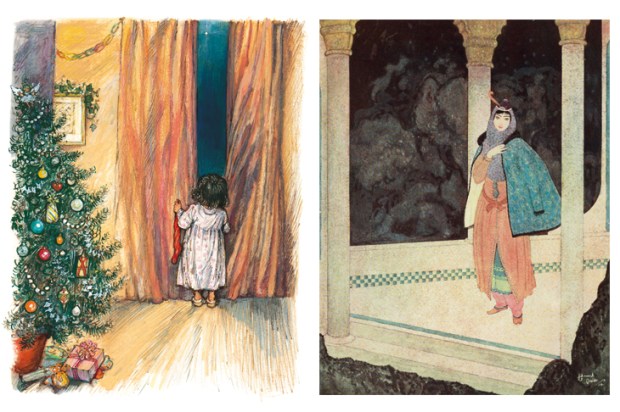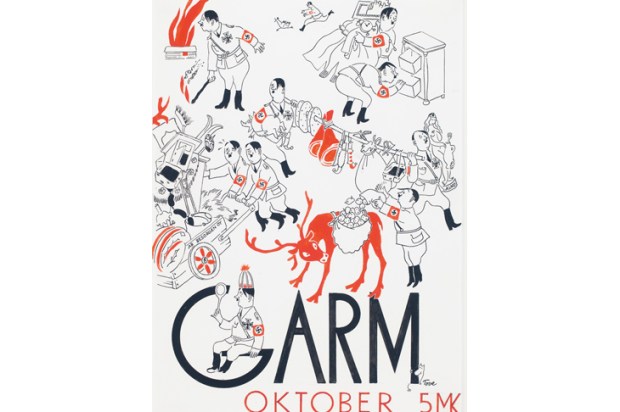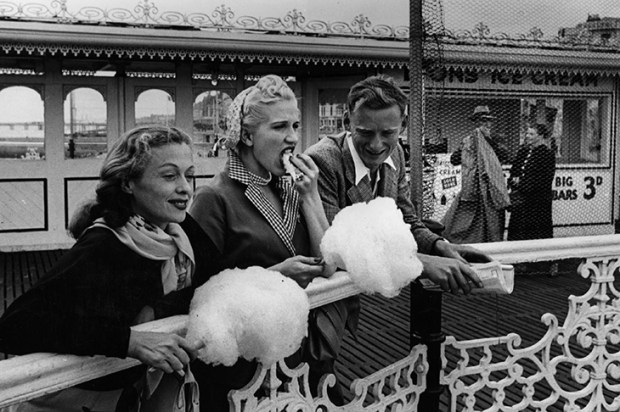Is there a more perfect children’s writer for this generation than Judith Kerr? She started with a tiger — The Tiger Who Came to Tea, published in 1968 — and ended with a bunny, The Curse of the School Rabbit, before she died three months ago. Both books are pitch-perfect little masterpieces of their kind.
The tiger was fantastical but also down-to-earth. The bunny is an entirely plausible creature: a school rabbit, Snowflake, kept by Miss Bennet. She uses him to teach children English (they write about Snowflake); maths (they measure Snowflake in inches and centimetres); and art (they draw Snowflake). Our narrator doesn’t care for Snowflake because he peed on his trousers when he was doing the measuring; but his little sister Angie has made a party piece out of him, her Snowflake dance. And it turns out that when the wretched rabbit comes to stay, he changes the family’s fortunes.
Snowflake is both the hero and villain of the story, not least for his capacity to piddle on important people. But this story about a bad bunny is also a child’s-eye view of things: adult unemployment — the narrator’s actor father is ‘out of work, or “resting” as they call it’; the trials of being the older, less cute male sibling, who gets given all the chores; and the precariousness of the household finances, which has a direct bearing on whether there might be a bicycle for Christmas. From a boy’s height, we get to see exactly what’s going on with the grown-ups— rather as in René Goscinny’s Nicholas books. It’s funny, because the adult world is one of actors and film-makers, but poignant, because it’s about making the best of things.
Miraculously, the drawing style is almost unchanged from The Tiger Who Came to Tea: the mother here has lovely familiar rounded lines, especially in her dressing gown, and the cast of characters, having escaped modernity, looks just the same as in the early books. The picture of our narrator and the rabbit exchanging sour looks is quite brilliant.
The author was a genius, with an affectionate sensibility. The deceptive simplicity of her stories and her capacity to see things from a child’s point of view were very rare gifts. Thank you, Judith Kerr.
Got something to add? Join the discussion and comment below.
Get 10 issues for just $10
Subscribe to The Spectator Australia today for the next 10 magazine issues, plus full online access, for just $10.
You might disagree with half of it, but you’ll enjoy reading all of it. Try your first month for free, then just $2 a week for the remainder of your first year.














Comments
Don't miss out
Join the conversation with other Spectator Australia readers. Subscribe to leave a comment.
SUBSCRIBEAlready a subscriber? Log in